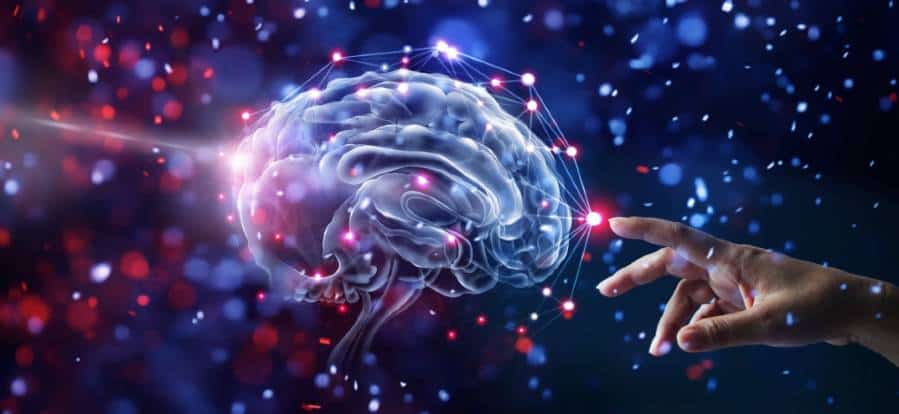
Scientists from Trinity believe our brains could use quantum computation after adapting an idea developed to prove the existence of quantum gravity to explore the human brain and its workings. The discovery may shed light on consciousness, the workings of which remain scientifically difficult to understand and explain. Quantum brain processes could also explain why we can still outperform supercomputers when it comes to unforeseen circumstances, decision-making, or learning something new.
The brain functions measured were also correlated to short-term memory performance and conscious awareness, suggesting quantum processes are also part of cognitive and conscious brain functions.
If the team’s results can be confirmed – likely requiring advanced multidisciplinary approaches -the...
Read More









Recent Comments